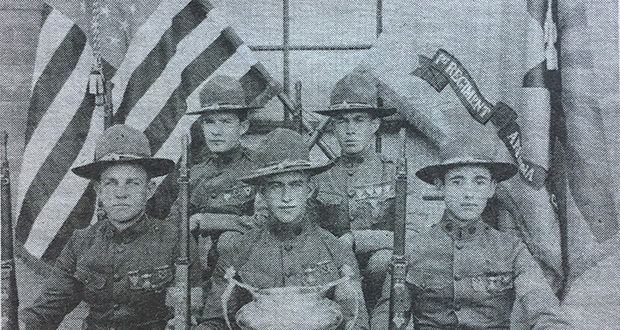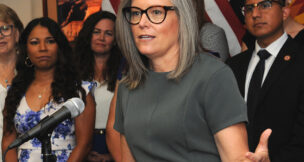Landlord of Tucson
Arizona Capitol Reports Staff//April 3, 2009//[read_meter]
This 1937 photo of a mission roadhouse once owned by Tucson developer Leopold Carrillo reveals little about its builder; much about the ravages of time. Note the pair of long...
No tags for this post.

















